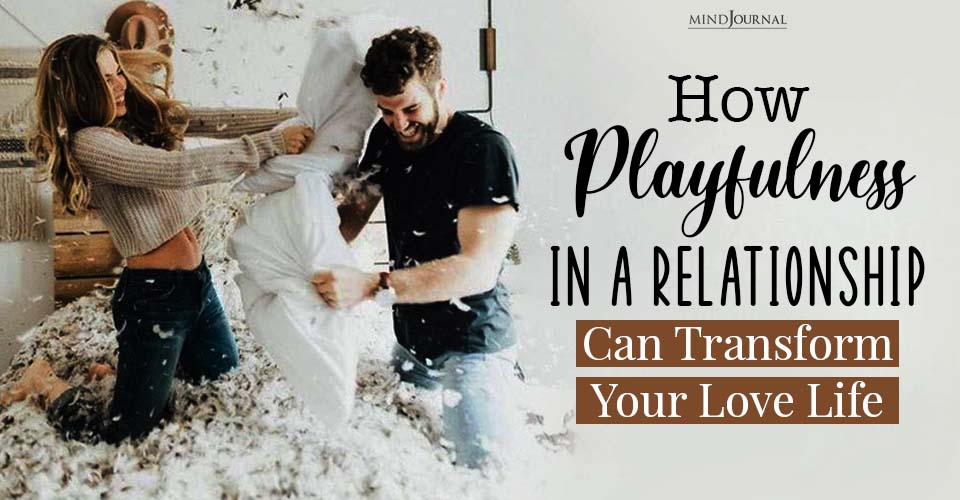The difference between need and want goes through various levels of netting. Happiness is always subjective, but safety and belonging are things all humans desire after their basic needs of food and shelter are met. Well, it’s not us but according to Maslow. This belongingness comes from the human desire to feel seen, loved, and understood.
Sometimes the best thing you can do for someone you love is by holding space for them.
I believe that every human being has the desire;
To be seen – without judgment.
To be heard – without advice.
To be loved – without conditions.
Let Me Explain.
I believe love is the energy that is created between people when they can feel seen, heard, and valued – when they can give and revise without judgment.
⠀⠀
One of the biggest lessons I’ve learned is that most people aren’t looking for advice/a to fix/a a repair. They want to be seen and heard, in their NOW. The problem with the well-intentioned support, we often miss the important part – allowing people to be heard, seen, and witnessed in their experience – even and especially when it is very painful.
It isn’t in the fixing or advising, but in the witnessing without judgment and holding space for whatever shows up at that moment that things begin to shift.
By holding space for the other, we can actually foster their ability to work through their own story. By simply being with their pain (without taking it over). Witnessing without trying to judge/fix/change anything is a skill that can prevent us from immediate reaction to responding from a calm/nourishing/compassionate place.
But Most People Can’t Do This. Why?
Because we’re wired to take. To want. To seek from others. We don’t want to accept someone’s opinions and worldviews if they don’t match ours. Especially if we care about them. So we try to convince, control, and manipulate. Maybe not in an obvious way. It can be very subtle. Most likely, we’re not even aware we’re doing it. But we are. We judge.
But What Does It Really Mean To “Hold Space”?
It means to meet someone where they’re at without judgment. To donate your ears and heart without wanting anything back. To practice empathy and compassion. It’s our attempt at giving a person the physical and mental space that they need in the present moment, to accept someone’s truth, without pushing them into anything.
To allow and accept. Embrace with two hands instead of pointing with one finger. To come in neutral. Open. For them – not you. Holding space is kindness and empathy in action.
⠀⠀
It is in this space that we feel seen and understood. We know that we have the power to heal ourselves and that whoever is in this space with us will be there to see it through. My definition of holding space is the process of witnessing and validating someone else’s emotional state while simultaneously being present to your own.
Our biggest challenge when we deal with someone feeling sadness, grief, anxious is to change our mindset from “I need to help him fix this” to “I am here with you, you’re safe with me, I know it’s hard, I am listening”.
I think, holding space is the biggest gift we can give others. And it’s 100% FREE (yay!)⠀⠀
Related: What Does Being In Love Actually Feel Like?
Holding Space Is A Gift We Can Give With Our Hearts.
I fully believe that being heard, seen, and witnessed without judgment is one of the most healing experiences we can have and provide for one another. Feeling seen, heard, appreciated, and loved are by far some of our biggest human needs. They diffuse resentment, tension, and stress. They create connections in moments where we feel burnt out, lonely, lost, and unappreciated.
I believe holding space is the art of staying present with what is. If we truly want to support people in their own growth we can’t do it by taking their power away (trying to fix their problems), shaming them (implying that they should know more than they do), or overwhelming them (giving them more information than they’re ready for).
We have to be prepared to step to the side so that they can make their own choices, offer them unconditional love and support, give gentle guidance when it’s needed, and make them feel safe even when they make mistakes. ⠀⠀
So I invite you: the next time you find yourself wanting to fix something for others, try to stay present with what is!
With a whole lot of love and gratitude, as always.
Nila
Check out Nila Conzen’s Instagram and Facebook page for more beautiful and thought-provoking writings.
Written By Nila Conzen Originally Appeared In About The Good Life










Leave a Reply